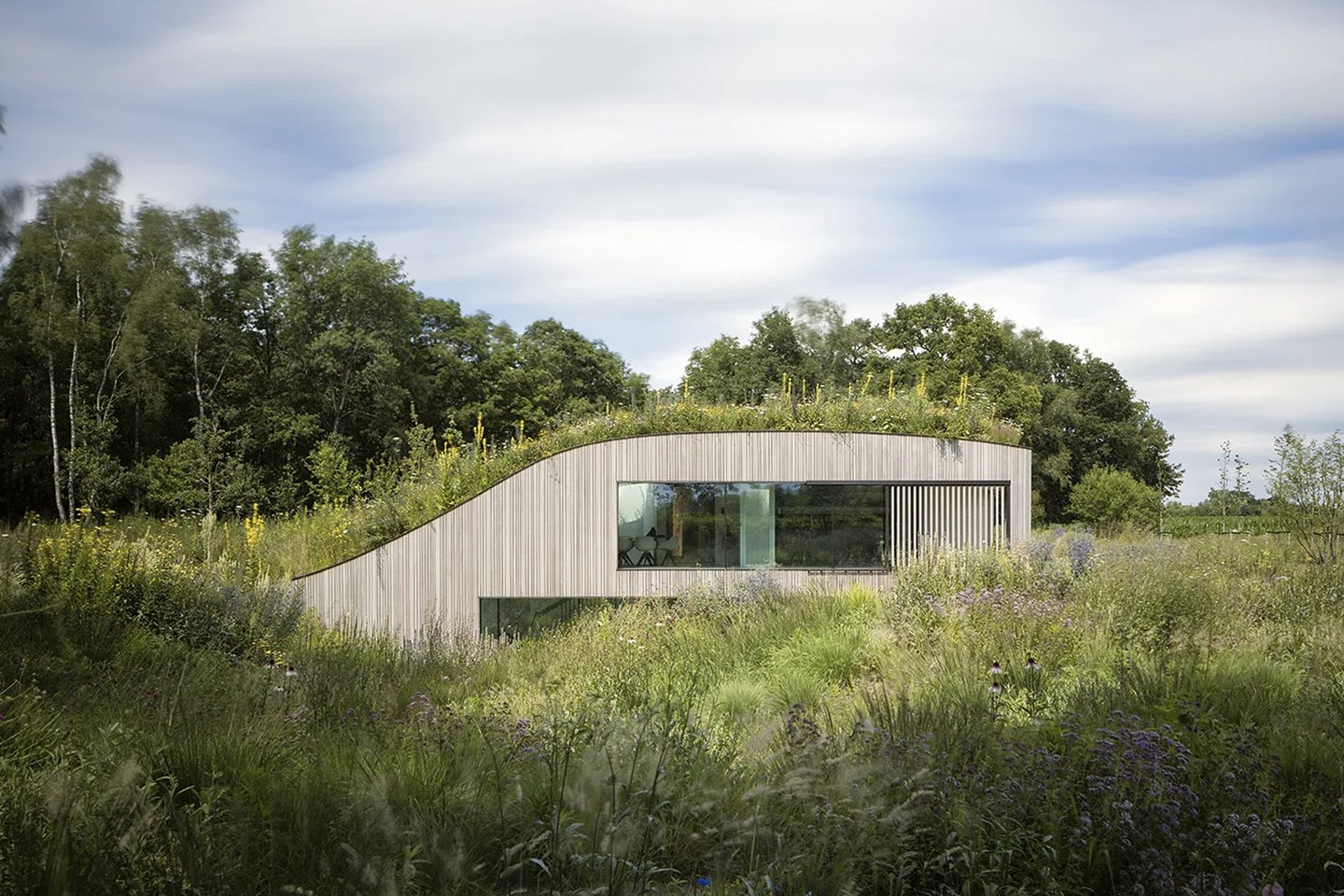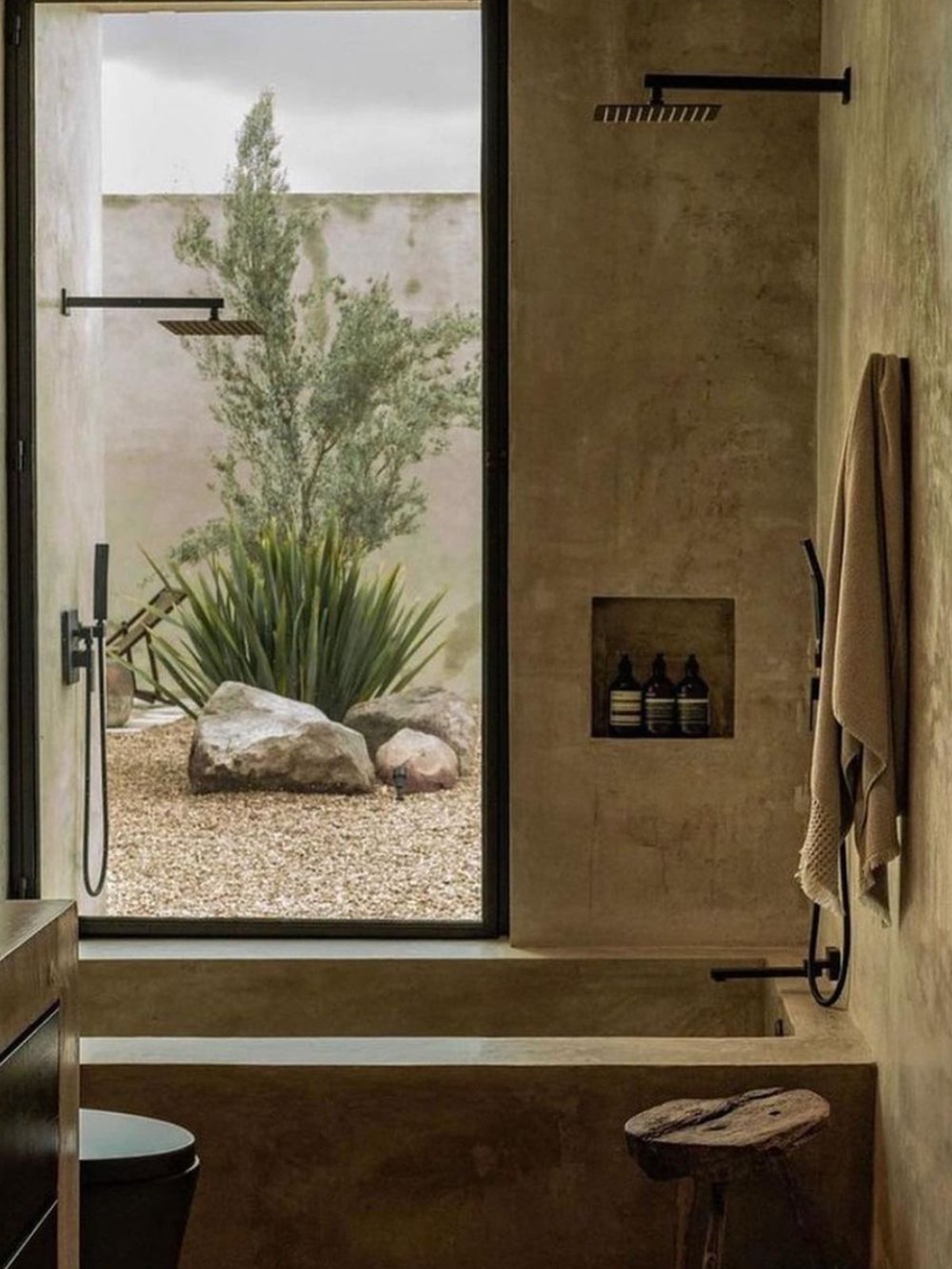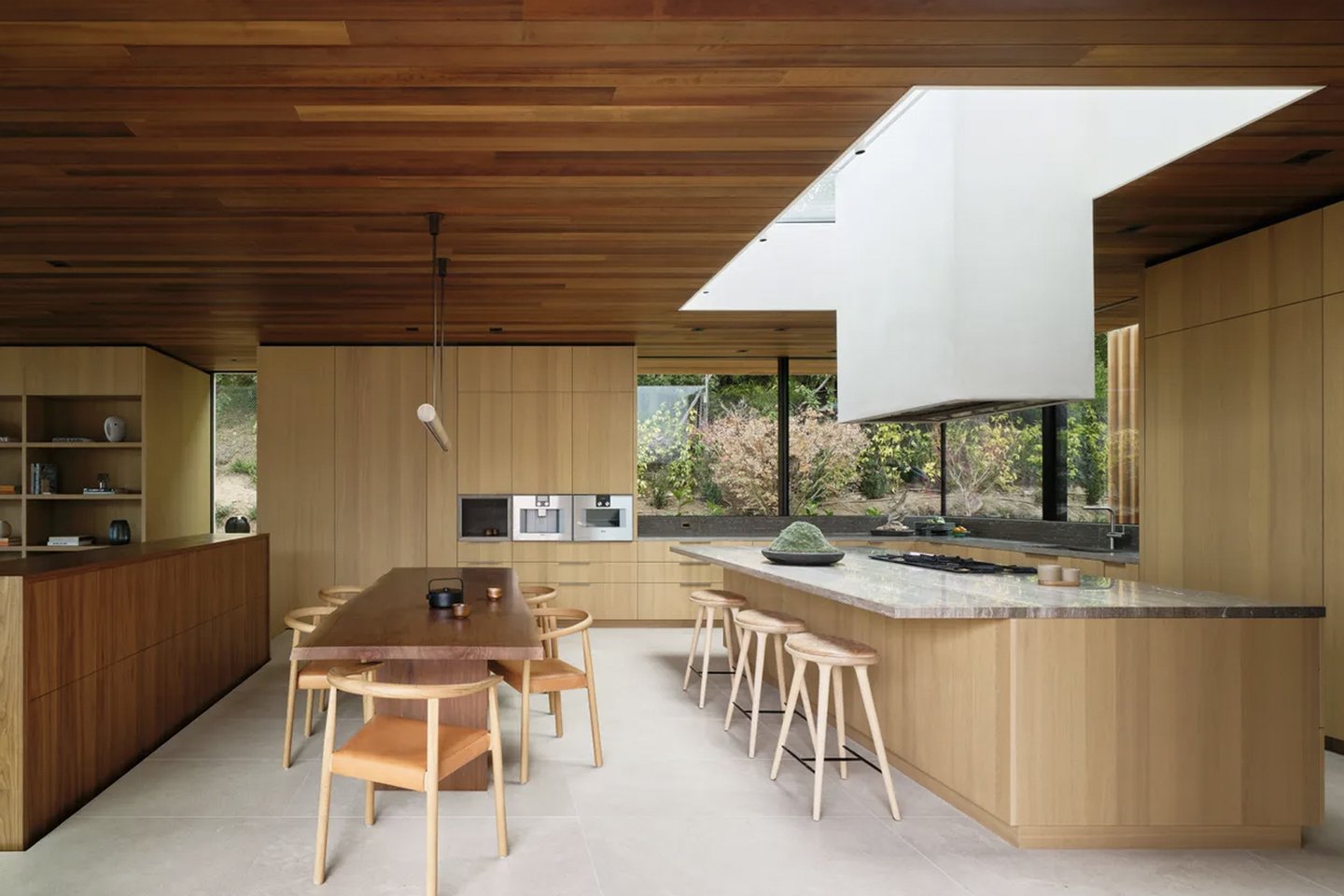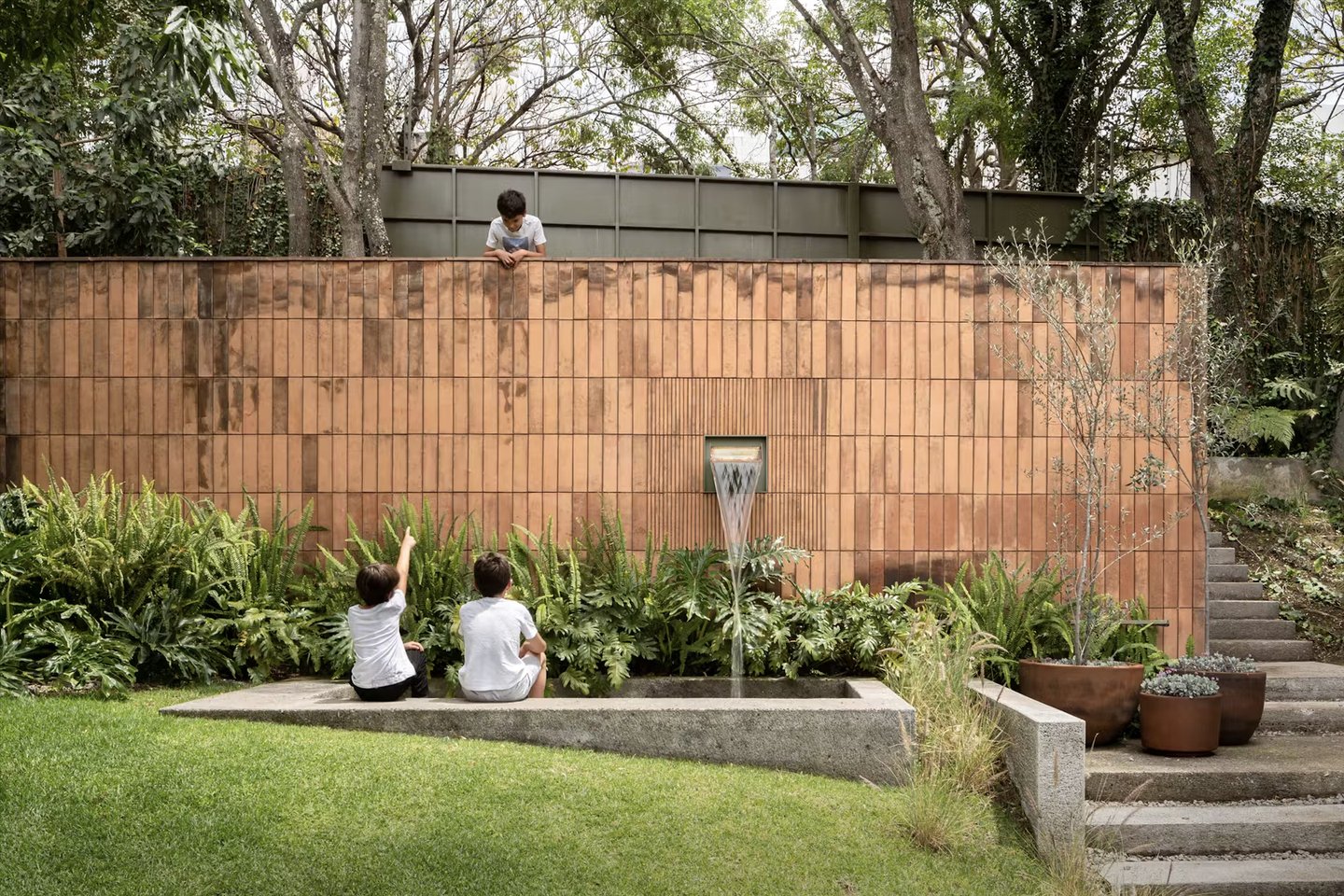
7 min read
Biophilic Living with Interior Architect Anna Tiula
WLLW speaks with Helsinki-based Anna Tiula, delving into the heart of Nordic biophilic design, its intrinsic connection to local nature and its significant influence on wellbeing.

4 min read
Bringing nature into homes through biophilic design improves wellbeing and connects us to the natural world.
The concept of ‘biophilia’ was originally coined by German-born American psychoanalyst Erich Fromm in 1964 in his work ‘The Anatomy of Human Destructiveness’, where he defined it as “the passionate love of life and all that is alive”. In 1984, American biologists E.O. Wilson and Stephen R. Kellert expanded on this notion in their landmark collection of essays titled ‘The Biophilia Hypothesis’, suggesting that humans possess an innate inclination to connect with nature and other living beings.
Biophilic design aims to reconcile inhabitants of the built environment with the life-like processes present in nature. This stands in stark contrast to the trajectory of modern urban development, which often disrupts natural systems and distances occupants from the natural world. Biophilic design has been found to support cognitive function, physical health and psychological wellbeing. When biophilic design elements are applied, stress levels are reduced, patients heal faster and creativity is enhanced. Within the home, biophilic design, such as the use of lighting patterns found in nature, can promote the regulation of circadian rhythms, while imitating the spatial composition of the natural world encourages mindfulness and serenity.
There are many theories intertwined with biophilic design that scientifically explain its impact.



The idea that people feel safest in spaces where they can both see out and feel sheltered.
This suggests that humans are evolutionarily wired to explore environments to find opportunities – prospect – and to seek out shelter, protection and environments that offer safety – refuge. Incorporating this within the home involves creating spaces that balance openness and enclosure to meet the innate needs of occupants for both prospect and refuge. Where possible, design transitions between indoor and outdoor spaces to provide a sense of openness and connection to nature, while also ensuring the home contains cozy nooks to provide intimate refuge spaces. Various options could involve movable partitions, sliding doors or curtains and furniture that can create smaller zones within larger rooms, allowing occupants to control the level of openness and enclosure in different areas of the home.
We’re drawn to open, green landscapes because they resemble the environments our ancestors thrived in.
Proposed by Gordon Orians and Judith Heerwagen, this hypothesis suggests that humans have an innate preference for certain types of environments due to evolutionary adaptations to ancestral landscapes. Spacious, open floor plans mimic the expansive feeling of the savannah landscape in the home, but even a lack of clutter and the creation of unobstructed sightlines will enhance feelings of freedom and visibility. Natural materials, textures and patterns that mimic the savannah palette can be incorporated through thoughtful design choices. In particular, wood, stone and earth-toned finishes evoke a sense of connection to nature.

Time in nature helps our minds recover from mental fatigue.
This theory posits that concentration levels are improved by exposure to natural environments. Nature’s effortless attentional demands mean that it has a restorative effect on cognitive functioning and reduces mental fatigue. From a biophilic design perspective, this can be optimized through incorporating greenery and creating lush, plant-filled spaces. For those less green-fingered, intentional lighting that mimics the spectral and dynamic qualities of natural light is important to consider, particularly for those who live in far northern climes. Naturalistic forms, such as leaf patterns, can be woven into the home through the choice of textiles, whereas weathered patinas reflect the ambient qualities of a living system.
We prefer colours we associate with positive natural experiences.
Color preference is an important aspect of human behavior, and Ecological Valence Theory suggests that people are genetically attracted to colors associated with objects and situations to which they have positive emotional reactions, such as the blue of a clear sky. Biophilic design principles indicate that a color palette that reflects the hues found in a thriving natural world can evoke feelings of calm. Dull tones often found in the urban environment are evolutionarily reminiscent of dying vegetation and elicit a negative emotional response. Effective biophilic color usage should favor soft earth tones, with bright colors used sparingly and highly artificial hues avoided.


Being near water has a calming, restorative effect on our wellbeing.
Research shows that exposure to aquatic environments, or blue spaces such as rivers, lakes and the coast, may benefit health and wellbeing. From lowering cortisol to elevated feelings of happiness, Blue Space Theory has proven its potency even in a virtual setting, with patients exposed to coastal locations through virtual reality technology experiencing lower pain levels. Blue Space Theory is most effectively applied at home through the use of interior water features. From portable and budget-friendly tabletop fountains to large scale installations, the sound and sight of trickling water can add a sense of calm to the home. In smaller spaces, using colors that evoke natural water and choosing art pieces that reflect marine themes can also bring a fluid touch.
Our brains respond positively to the repeating patterns found in nature.
This term refers to our brain’s positive response to the complex, self-repeating patterns found throughout nature, such as the branching of trees, ripples on water or the structure of a fern. These organic geometries, known as fractals, mirror the visual language of the natural world and have been shown to reduce stress and induce a sense of calm. Exact fractals – those built by repeating a pattern precisely at different magnifications – have been studied by mathematicians since the 1860s. But it was in the 1980s that Benoit Mandelbrot brought the concept into the mainstream with The Fractal Geometry of Nature, where he explored how natural forms like coastlines, clouds and trees could be described through statistical fractals. His work and later research revealed how deeply nature’s geometry resonates with us. To incorporate fractal fluency into the home, consider textiles, wallpaper or artwork that reflect these patterns at multiple scales. Furniture and decorative objects with curvilinear shapes or carved, layered details can also echo the fractal qualities of nature.

Feature Image: Carla Ridge Residence by Montalba Architects, photo by Kevin Scott
Photography: Rob van Esch, Ed Sozinho and Charlie Schuck, Leandro Bulzzano, Terreo Studio, Rav Studio

7 min read
WLLW speaks with Helsinki-based Anna Tiula, delving into the heart of Nordic biophilic design, its intrinsic connection to local nature and its significant influence on wellbeing.

2 min read
Artist and designer Lily Clark masterfully blends nature's rhythms with precision engineering, interpreting California's landscapes into mesmerizing, architectural water features for the home.